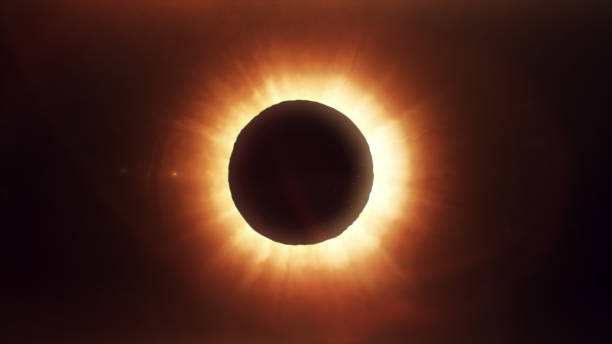
The last time anyone in the U.S. experienced something like this was nearly a century ago: On August 21, the moon will pass directly between the Earth and the Sun, blocking most or all of the sunlight reaching the Earth across a wide swath of the United States. This is the first total eclipse to span the entire continent in over 99 years. It begins above Salem, Oregon, and ends above Charleston, South Carolina. The output from photovoltaic power plants in the U.S. is expected to drop dramatically, even though the eclipse will only last two minutes at each location.
Studying the Impact
The National Renewable Energy Laboratory studied the Western Electricity Coordinating Council territory (WECC), which includes 14 Western States and the majority of Mountain and Pacific Time Zones. The eclipse will occur between 8:00 am and 12:00 pm in these areas. Researchers have already studied the potential impact of the eclipse on rooftops and power plants. Both sources are estimated to provide approximately 25 gigawatts of PV capacity for the WECC, with utility-scale making up two-thirds. Today’s total PV power installed in the U.S. is estimated at over 44 GW.
If we look at the WECC in its entirety and assume the worst-case scenario, a sunny and bright day, the rolling effects of an eclipse will have their most significant impact around 10:30 am when the PV output is expected to fall 5 GW below normal generation levels. If not anticipated, this could cause problems for parts of the grid that rely on solar power to meet an essential fraction of electricity demands during the day. Natural gas turbines are best suited to compensate for solar generators’ lost energy. They can ramp up before the eclipse. Hydro-generation, which is power created by flowing water, will also help fill in the void left by solar output. However, conservation restrictions in the West prevent it from fully compensating. NREL’s modeling is expected to allow utilities to pass this eclipse without fully disconnecting any solar PV to maximize production.
Preventing future issues
The SunShot Initiative’s subprogram, which funds research on systems integration, is helping utilities to plan for weather events they can’t predict. Solar forecasting technology allows grid operators and solar power plants to predict how much, when, and where electricity will be generated. This helps them develop the best strategy to balance supply and demand. SunShot funding will allow NREL to conduct forecasting simulations on two large solar arrays at a test site near Denver. The arrays will also be monitored during the eclipse to verify the simulations. Denver will see a 92% total eclipse. This will have a significant impact on solar producers in future eclipses.
SunShot works to develop energy-storage solutions which are cost-effective, scalable, reliable, and secure. Storage will be necessary for reducing the intermittent nature of solar power as more solar energy is added to the grid. Solar energy cannot currently meet energy demands 24/7. These projects will allow solar-generated electricity to be dispatched where and when needed. Austin Energy has already begun incorporating energy storage technology into its management tools. It will soon be able to divert grid-connected solar to storage. This work will be a benchmark for utilities to maximize their solar resources anytime.
The SunShot Initiative, which is preparing for parts of the nation to experience darkness during the daytime, is helping to develop a more resilient and reliable electric grid regardless of time.
